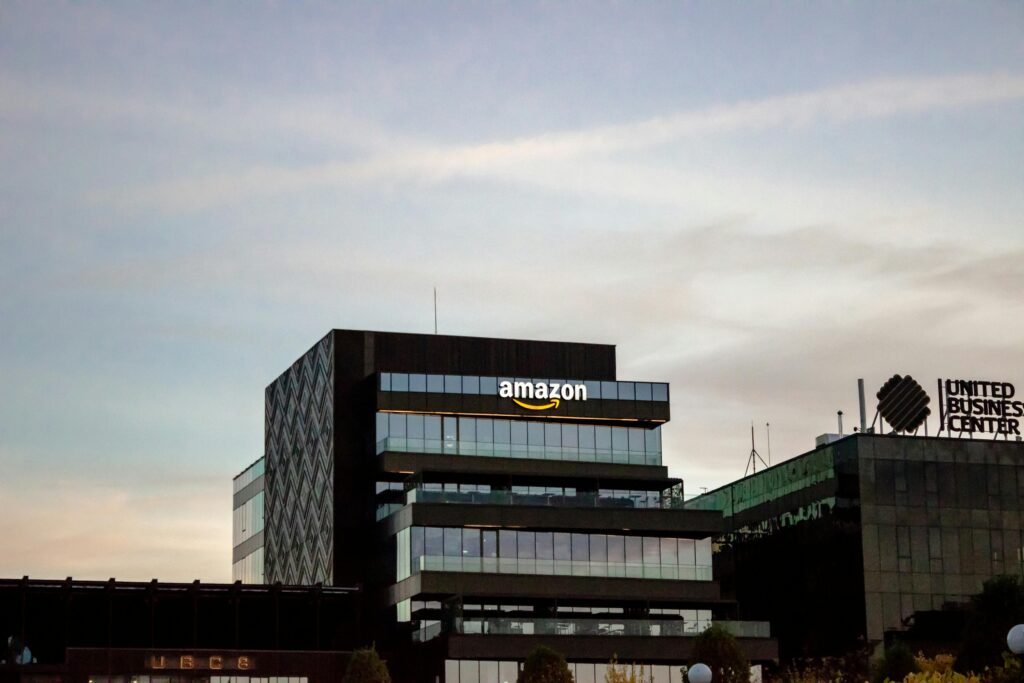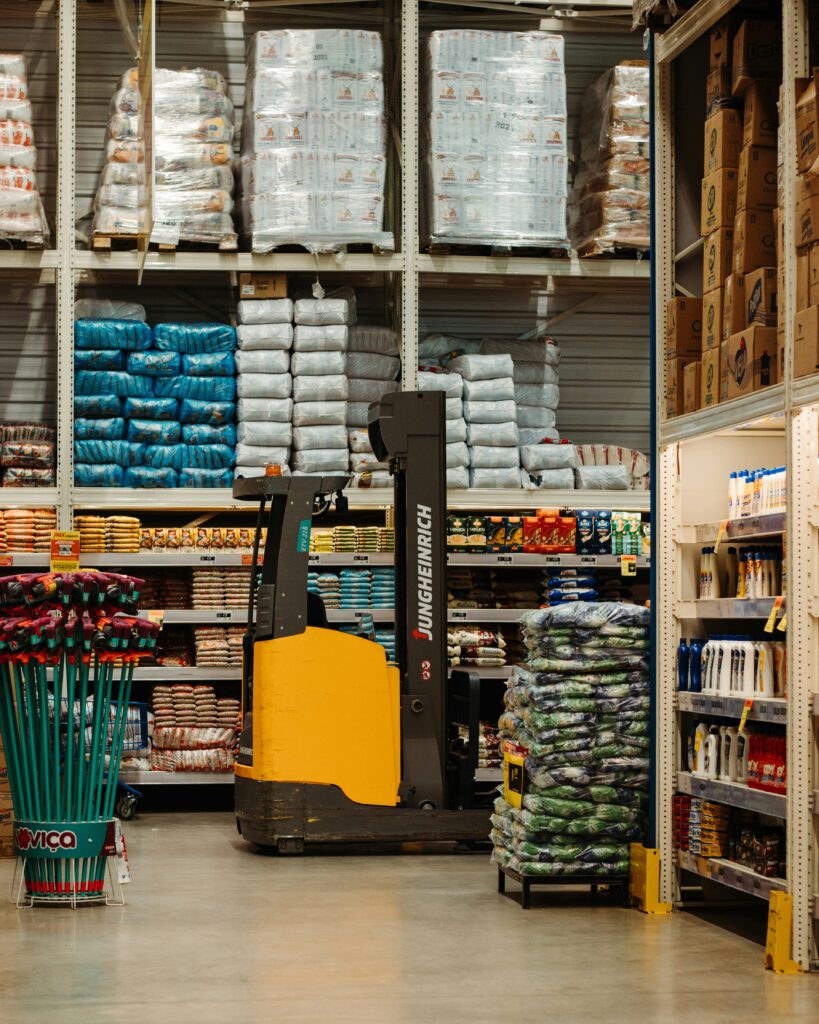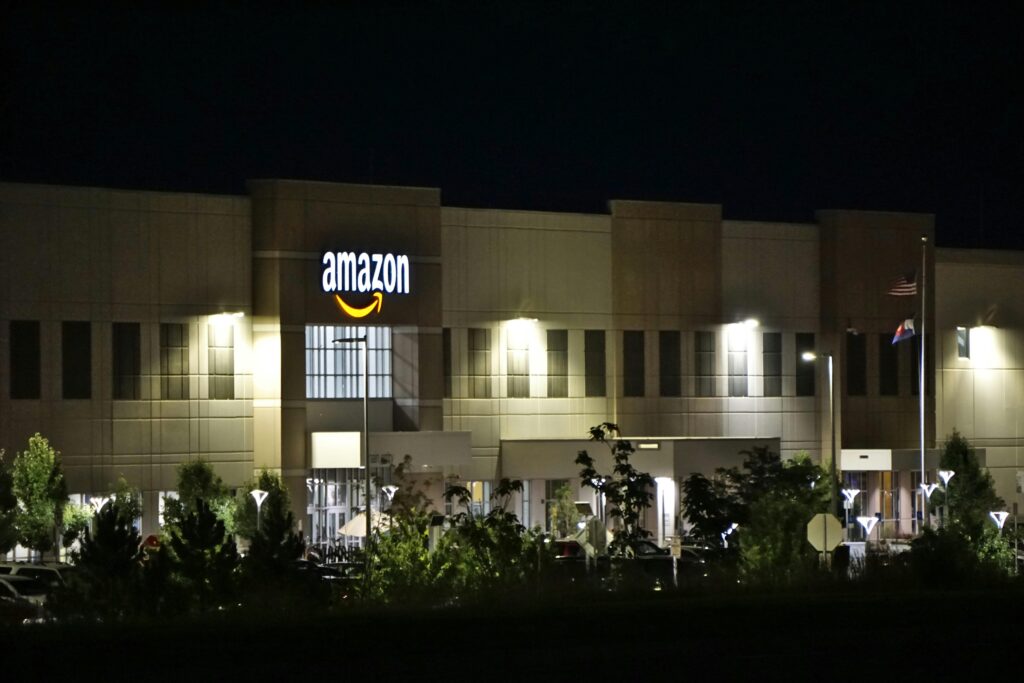Amazon has long been the go-to platform for businesses looking to streamline their e-commerce operations. However, as many Amazon sellers will attest, the road to maintaining a seamless inventory flow to Amazon FBA (Fulfilled by Amazon) warehouses is riddled with growing pains. From placement fees to delays in receiving inventory, sellers are facing unprecedented hurdles that could severely impact their business performance.
In this article, we’ll discuss some of the key issues Amazon sellers are facing and share actionable best practices to help you navigate these challenges.
The Pain Points Sellers Face Today
1. Placement Fees
Amazon’s policy of charging placement fees for consolidating shipments into a single FBA center has become a significant burden. For sellers who choose not to pay the fees, Amazon forces shipments to multiple fulfillment centers, which can inflate logistics costs.
2. Delays in Appointment Scheduling
Getting appointments with Amazon for delivery is increasingly challenging. This creates bottlenecks that can disrupt your supply chain and impact sales, especially during peak seasons.
3. Delays in Receiving Inventory
Even after goods are delivered to Amazon, sellers report delays in inventory being checked in and made available for sale. This can lead to stockouts, lost sales, and unhappy customers.
4. Amazon Warehouse and Distribution (AWD) Issues
Amazon’s AWD program, designed to simplify logistics by centralizing inbound shipments, is falling short. Sellers are experiencing delays and inefficiencies, making the program less reliable than anticipated.
5. Unbalanced Distribution
Amazon’s once-efficient inventory distribution system now feels fragmented. Without proper placement, your inventory could become concentrated in a few locations, leaving other regions underserved. This not only affects sales but also gives competitors a foothold in areas where your stock is limited.
Best Practices to Overcome These Challenges
1. Target Midwestern and Eastern Warehouses
Whenever possible, prioritize shipping to Amazon facilities in the Midwest or Eastern states rather than the West Coast. These regions tend to have shorter check-in times and less congestion compared to the notoriously slow and overcrowded West Coast facilities.
2. Plan Ahead with Appointments
Don’t wait for your inventory to be ready before scheduling appointments with Amazon. Anticipate your shipping needs and book appointments as early as possible to avoid delays.
3. Consider Split Shipments
While placement fees can be frustrating, opting for split shipments may help you avoid delays. Having your inventory checked in at multiple locations sooner could outweigh the added cost of sending shipments to different facilities.
4. Adapt Your Replenishment Strategy
Inventory management is not a one-size-fits-all approach. If Amazon Warehouse and Distribution (AWD) isn’t performing well for your business now, it might improve in the near future. Keep testing and refining your replenishment strategy to find the most efficient process for your current needs.
5. Stay Proactive with Distribution
Monitor your inventory levels closely across regions and take proactive measures to balance stock. If you notice a region is running low, consider shipping additional stock directly to those areas, even if it incurs higher initial costs.
Final Thoughts
The challenges of working with Amazon FBA are becoming more pronounced, but that doesn’t mean your business has to suffer. By staying agile and adopting strategic shipping and inventory practices, you can mitigate many of the issues and keep your e-commerce operations running smoothly.
The key is to anticipate problems, refine your processes, and adapt to the ever-evolving logistics landscape. Remember, while Amazon may be a powerful ally for growing your business, success often depends on your ability to navigate the complexities of its system effectively.
How is your business handling these FBA challenges? Reach out for a free consultation.



